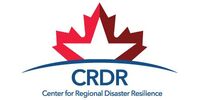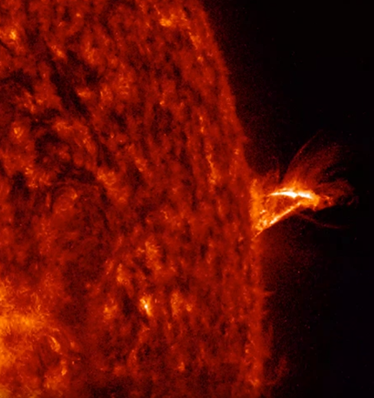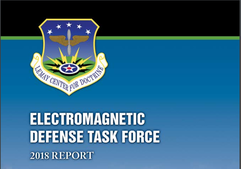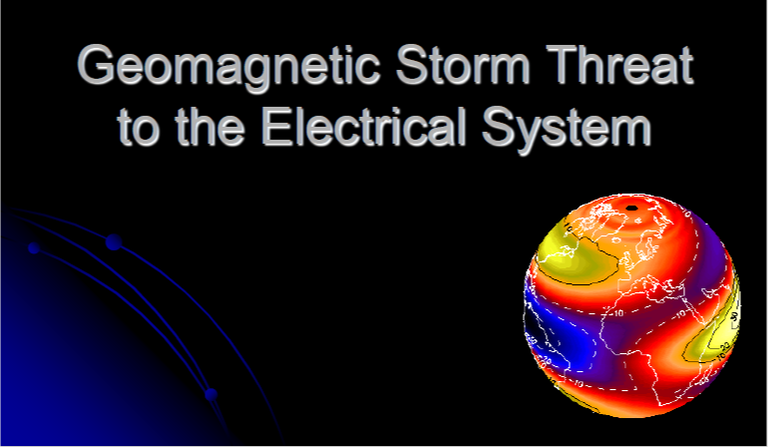|
The Coronal Mass Ejection Long-term Power Outage workshop was held in Seattle, Washington on May 23, 2019. Funding was provided by the Washington State Homeland Security Region 6 Critical Infrastructure Working Group from the FFY 2017 State Homeland Security Program from the Department of Homeland Security via Washington State Military Department and King County Office of Emergency Management. It was designed as a full-day workshop that included speakers presenting information on the Coronal Mass Ejection (CME) hazard and warnings systems, impacts from regional power outages, current planning efforts and engagement of the audience in breakout discussions exploring how to address the hazard and mitigate potential impacts. This interdependencies workshop focused on a long-term electrical system blackout caused by a CME event striking North America. While most power outage planning revolves around other natural hazard events like windstorms, earthquakes, or terrorism, this exercise took a look at a long-term power outage with widespread impacts to urban, suburban, and rural communities. While concentrating on critical infrastructure, the human impacts to people and systems such as our healthcare institutions was also included in the workshop. Participants were briefed on the current planning the Washington State Department of Commerce Energy Office is conducting on fuel prioritization and hybrid electrical systems. The Washington State Emergency Management Division provided insight on the catastrophic planning conducted by the State to address a CME scenario. NOAA Space Weather Prediction Warning Center estimates a G5 Geomagnetic Storm will cause the following types of impacts:
Associated Materials
0 Comments
"Origins and Destinations" Transportation Session at PNWER's 2017 Annual SummitWelcome and Overview of Transportation Group Work Plan
Oil and petroleum based commodities are extracted and transported to West Coast refineries and shipped to export markets through the environmentally sensitive Salish Sea. Product comes from Alaska, Alberta and North Dakota by pipeline, rail, tankers and barges. Previous PNWER Transportation Group sessions have explored rail safety. This session will expand our view to learn more about global energy developments that affect how and when the commodity travels from its source to its refinement or export. Introductory Remarks
Update of Oil Movement in Washington State
Canada Action - Ocean Protection Plan
Markets and Exports: Global Picture for Movement of Oil
Mode Overview Operators overview the transportation of oil to market and their safety measures. Panel will discuss the impact of global markets on capacity. Moderated by Robin Rorick, Group Director of Midstream and Industry Operations, American Petroleum Institute
Update on Vancouver Energy Terminal
Legislative Response Panel Moderated by Jay Derr, Partner, Van Ness Feldman and Robin Rorick, Group Director of Midstream and Industry Operations, American Petroleum Institute
The Blue Cascades Interdependencies Exercise Series began in 2002 as way for regional stakeholders to proactively identify and strengthen gaps in their infrastructures. The Blue Cascades tabletop exercises are scenario-based discussion events developed by and for key stakeholder organizations that have roles and responsibilities or significant interests in assuring the security and resilience of the Puget Sound Region and the critical infrastructures and essential service organizations that underpin citizens’ health, safety, and economic well-being.
Developed and facilitated by the stakeholders themselves, the Blue Cascades exercises focus on all-hazards. The chief goal of these tabletop exercises is not to test plans and procedures but rather to raise awareness of infrastructure interdependencies and associated vulnerabilities, impacts, and preparedness gaps, identifying potential solutions to make needed improvements. The After Action Reports of the Blue Cascades Exercises are used to develop Action Plans of stakeholder recommended and prioritized activities. These activities may be short-term (one year or less), medium term (eighteen months to two years), or long-term (multi-year). All require cross-sector, multi-jurisdiction, and in most cases, multi-discipline collaboration and expertise to implement. Participants in the Blue Cascades exercises represent all levels of government, utilities, businesses, and other private sector organizations, non-profits, academic, and community institutions. Blue Cascades Interdependencies Exercise Series:
|
Categories
All
Archives
October 2021
|




